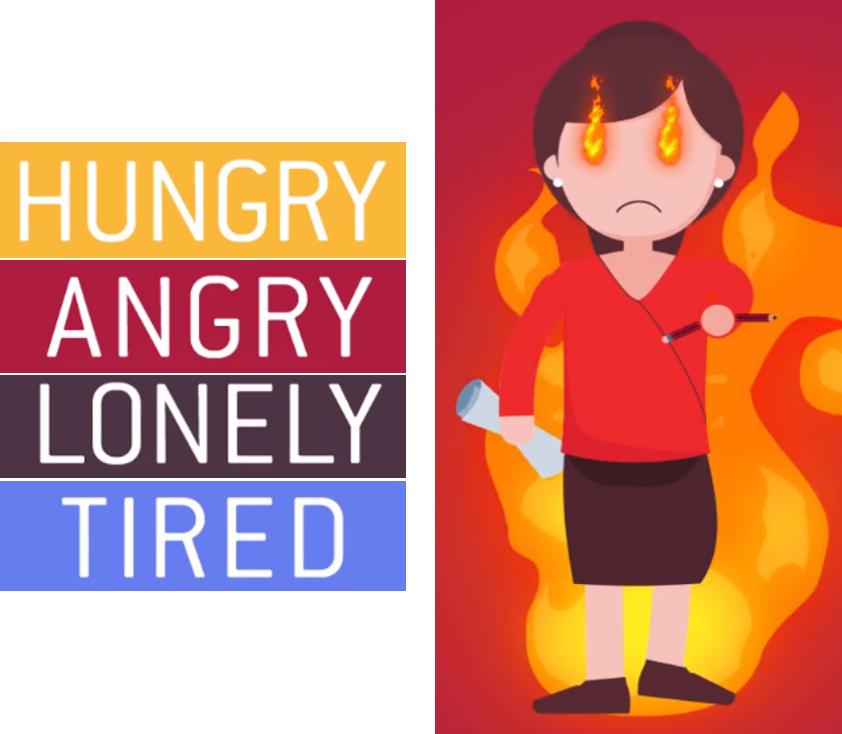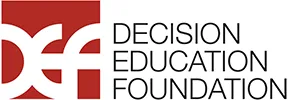Avoid Traps and Biases
We all have biases that affect how we filter and interpret information.
Face It: We Are a Bunch of Quirks and Emotions
Biased Interpretations
We all have biases that affect how we filter and interpret information. Furthermore, we often bolster our beliefs by seeking additional information that confirms our way of thinking. The net effect of these biases is that we frame a particular issue without fully appreciating other possible perspectives and may be overconfident about our view.
Filtering
What we actually pay attention to is very much determined by what we expect to see. Psychologists call this selective perception. If something doesn’t fit, we often distort reality to fit our viewpoint rather than challenge our assumptions.
Another important motivational bias is suppression, or the refusal to see reality for what it is. The extreme example is of an ostrich burying its head in the sand on seeing danger and hoping the threat will thereby disappear.
Distortion
Even if we let the new information penetrate our minds objectively, we are still susceptible to various biases of interpretation.
Rationalization is interpreting evidence in a way that sustains a desired belief. We fall victim to this, for example, when trying to blame our own mistake on someone else or on external circumstances.
Wishful thinking is a related motivational process in which we see the world in a pleasing or self-serving way.
Another common interpretation bias is egocentrism, the tendency to overemphasize our own role in the events we seek to explain. Some of this distortion makes us
feel better, such as wishful thinking or being optimistic, and may enhance our mental health. But these distortions may also interfere in reaching the right decision and, as such, need to be kept in check at the moment of choice.
Bolstering
Not only do we filter the information we take in and then subject it to slanted interpretations, but we may also further bolster our case by searching for additional evidence to confirm our view. For example, we may disproportionately talk to people who agree with us or selectively seek new evidence that confirms our perspective—called confirmation bias—rather than pursuing a more balanced search strategy that includes disconfirming evidence.
Another important motivational bias is suppression, or the refusal to see reality for what it is. The extreme example is of an ostrich burying its head in the sand on seeing danger and hoping the threat will thereby disappear.
An important step toward avoiding the many decision traps that lurk in our cognitive and motivational biases is to recognize them and use tools to counter them when needed. It also helps to write out what you are thinking, the facts you observe, and how you are observing them. Then find someone with a different perspective, who can provide a different reading of what you consider the facts to be.

